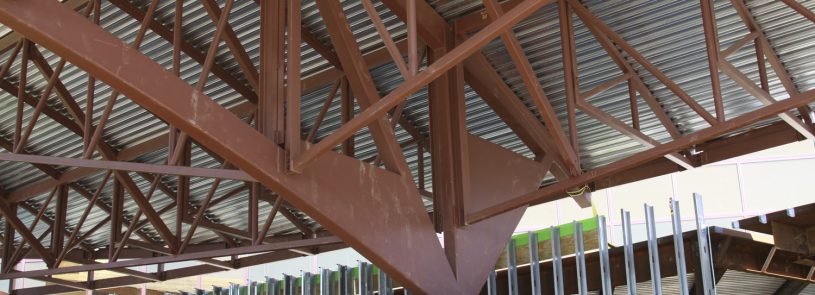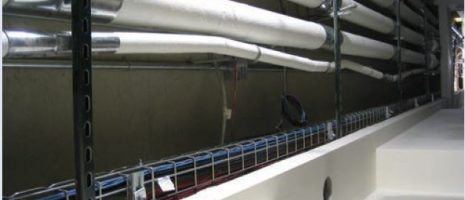A whole building analysis looks at a building’s entire lifespan, from construction to occupation (Podcast included)

A related podcast discussing life cycle analysis can be found at the end of this post.
By Laura Hagan
Though in recent years the AEC industry has focused on decreasing carbon emissions in building operations through energy-efficient systems, frequent monitoring of energy use, and increased awareness, the built environment still contributes nearly 40 percent of global greenhouse gas emissions, even with these sustainable strategies. And while most of these emissions are produced after a building is operational, many in the industry agree that now is the time to focus on the less-than-stellar impact of the building material construction process.
A recent study by the American Council for an Energy-Efficient Economy (ACEEE) and the University of Maryland found that a lack of up-to-date national standards for evaluating and measuring embodied carbon in buildings creates a gap in knowledge surrounding the entire building and construction process. While many other countries have standards for Whole Building Life Cycle Analyses (WBLCA), the U.S. is falling behind in creating these standards.
But at IMEG, we know that providing our clients with a WBLCA in the early stages of planning gives owners an inside look into the environmental impacts of the different materials used in their building’s construction and can help them make decisions that will reduce their overall carbon footprint.
A structural-focused embodied carbon study that targets the levels of embodied carbon in concrete, wood, and steel of proposed buildings’ beams, bracing columns, floor framing, and foundation provides the data needed to understand and compare the potential embodied carbon of various structural design options.
This data empowers owners to make informed, scientifically justified decisions that lessen their buildings’ overall carbon footprint, while still meeting other project goals. Such an analysis provides the highest impact and most cost-effective results when initiated at the earliest stages of a project and continued through construction. It also is a component of IMEG’s commitment to SE 2050, which calls on all structural engineers to understand, reduce, and ultimately eliminate embodied carbon in their projects by 2050.
Building decarbonization is an issue that is being prioritized by owners, architects, and engineers around the world. A Whole Building Life Cycle Analysis is an important step in aligning your next project with this movement.
Listen to a related podcast:












